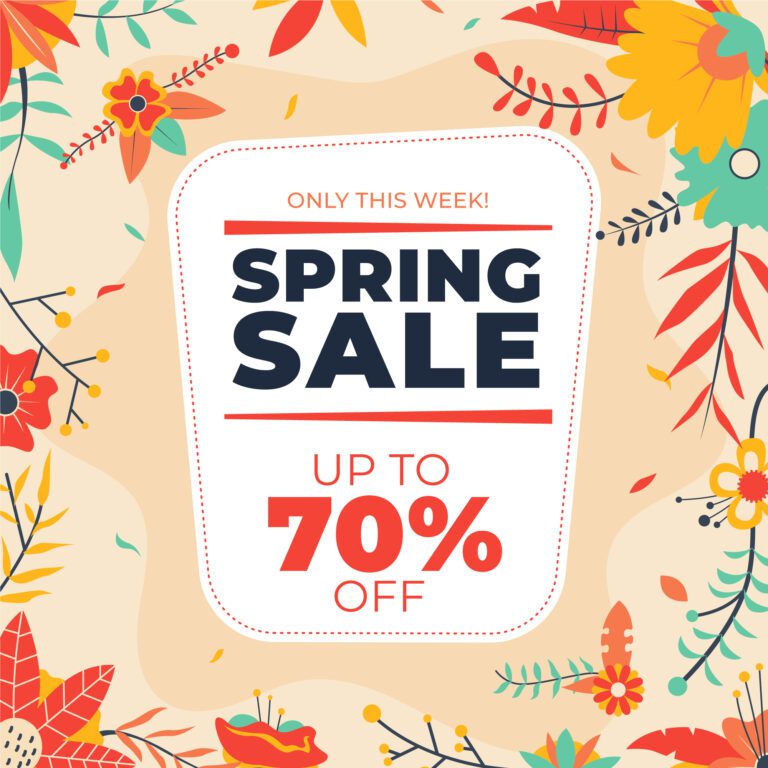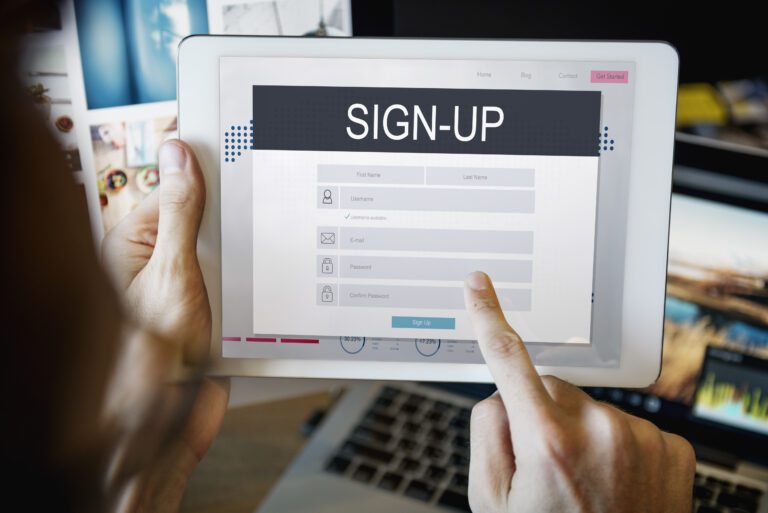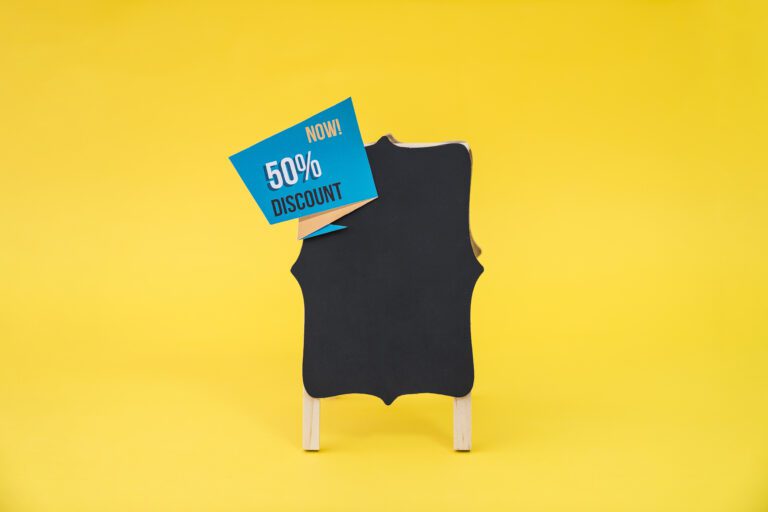Email Unsubscribe: The Only Guide You Need for 2025

I hope you enjoy this blog post. If you want Hello Bar to grow your leads, click here.
Author:
Mansi
Published
April 23, 2025
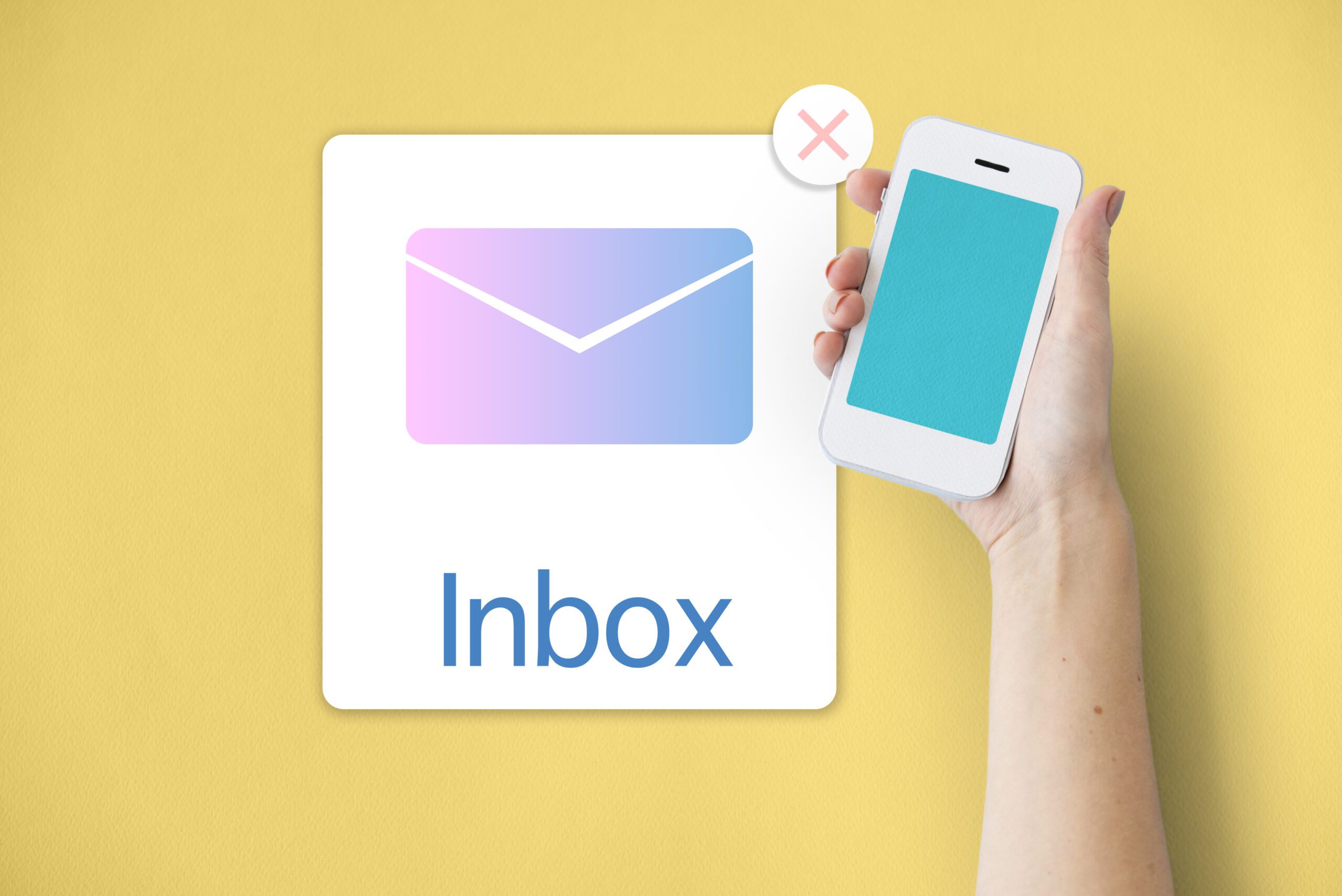
Table of Contents
A Real-World Playbook for Companies Losing Email Subscribers
If you’re sending email campaigns and beginning to see a decline in subscribers, you’re not alone. Email unsubscribe counts are a part of email marketing. But when they begin to accumulate, it’s an indication that something’s wrong. And here’s the reality: most companies wait too long before they correct it.
This manual isn’t concerned with grand theories or magic recipes. It’s a no-nonsense practical, step-by-step explanation of why people unsubscribe, how to plug the leak, and how to create better email relationships that work.
Let’s get started.
What Counts as an Unsubscribe?
Before anything else, let’s get clear on what we mean.
- A user clicks the “unsubscribe” link in your email
- A user marks your email as spam (yes, this counts)
- A user deletes without opening for months
- A user uses Gmail’s “unsubscribe” shortcut
Only the first one shows up in your email unsubscribe list, but the rest are early signs of disinterest. If you’re only looking at the final “email unsubscribe” number, you’re missing the bigger picture.
More than 347 billion emails are sent every day globally, based on Statista’s 2024 report. That’s the kind of volume you’re up against when trying to hold inbox attention.
Why People Unsubscribe From Emails
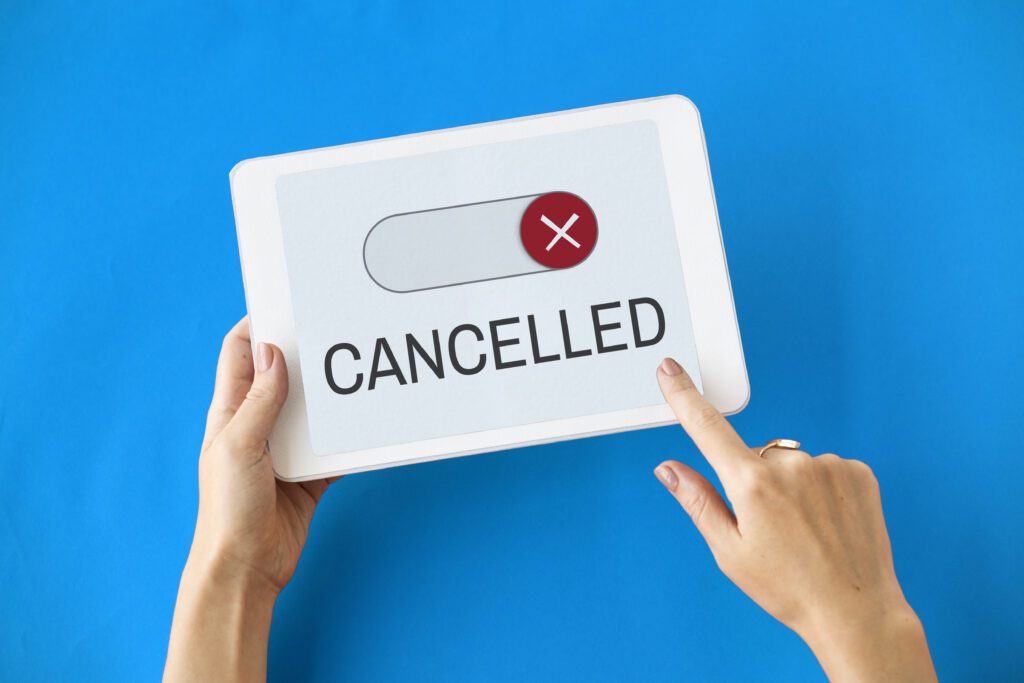
Here are the most common reasons people opt out of business emails:
1. Too Many Emails
Sending too often? You’ll lose them. People don’t want 4 emails a week unless they asked for them. And most didn’t.
As per a new ZeroBounce report, 44% of individuals state too much emailing frequency as the top reason why they unsubscribe from an email list.
2. Content Isn’t Useful
Your emails come across as ads or filler material when people switch off. It isn’t that they dislike email marketing — they just need it to be useful. The email unsubscribe rate increases when content comes across as empty.
3. Lack of Personal Relevance
If I purchased a men’s jacket last month, why am I receiving offers on women’s shoes? Sending irrelevant messages is a quick path to an email unsubscribe.
4. Bad Timing
Some individuals receive your emails at 3am. Others receive five emails from five brands simultaneously. If you fail to test and optimize timing, your message gets lost and contributes to the email unsubscribe issue.
5. No Clear Value
If a subscriber opens your message and gets nothing from it — no insight, no takeaway, no next action — it’s a waste. They’ll cease opening. Next, they’ll email unsubscribe.
Also read our blog on 15 Email Marketing Trends For 2025 You Should Adopt
How to Reduce Email Unsubscribes
Don’t have to rethink your overall email strategy. Small changes mean big impact. Here’s what really works:
In fact, 61% of consumers prefer to be contacted by brands through email. So it’s not about whether people like email — it’s whether you’re sending the kind they want.
1. Let People Choose Email Frequency
Offer options:
- Weekly
- Bi-weekly
- Monthly
- Only for big updates
Put this choice right in your email unsubscribe page or in your email footer. Many users don’t hate your emails — they just want fewer of them.
2. Segment Your Email List
Stop treating everyone the same. Segment based on:
- Purchase history
- Geography
- Behavior (opened, clicked, ignored)
- Sign-up source
Tailor emails to what people actually care about. The more relevant, the fewer email unsubscribe issues you’ll face.
3. Test Your Subject Lines
Clickbait might get the open, but if the email doesn’t deliver on the promise, people will unsubscribe. Keep subject lines:
- Clear
- Simple
- Honest
And always A/B test. Even one word can change your open rate and email unsubscribe rate.
4. Review Your Email Frequency
This one’s simple. If email unsubscribe rates are climbing, reduce how often you’re sending. Watch your metrics for 2–4 weeks. If email unsubscribe numbers drop, you’ve found your culprit.
5. Improve Email Design and Readability
Long paragraphs. No space. Small font. Too many links. These are all reasons folks stop reading — and stop subscribing.
Make your emails:
- Easy to scan
- Mobile-friendly
- With a single clear action
A good email feels like a quick conversation, not a lecture. If not, the next click is the email unsubscribe link.
Unsubscribe Page Best Practices
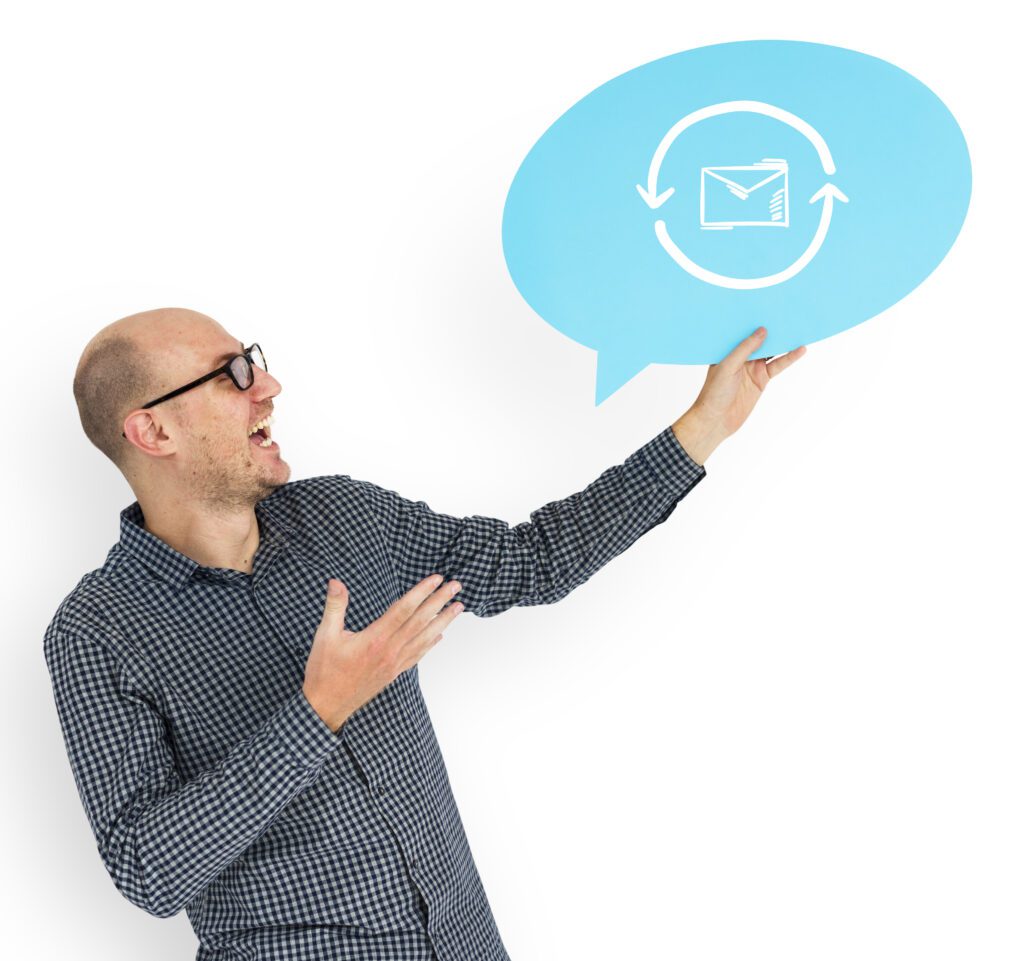
Image by rawpixel.com on Freepik
Let’s suppose someone actually clicks “unsubscribe.” That page is your second opportunity to keep them — or at least discover why they’re opting out.
1. Preference Options
Let them switch to:
- Fewer emails
- Specific topics
- Pause emails for 30 days
Occasionally people need a break — but not an everlasting email unsubscribe.
2. Feedback Form
Give a short multiple-choice list:
- Too many emails
- Not relevant
- Didn’t sign up
- Other
This makes you notice patterns. If “not relevant” is constantly appearing, you have an unsubscribe cause by segmentation issue.
3. Friendly Tone
Don’t make them feel guilty. Don’t plead. Just be authentic. A brief
“We get it. If you ever want back in, we’re here.”
That kind of tone counts more than you imagine — and it may minimize email unsubscribe friction.
Should You Send a Final Email After They Unsubscribe?
In most cases: no. If someone clicked email unsubscribe, that’s a clear signal.
But there are two exceptions:
- Transactional accounts (banks, utilities): Send a confirmation
- Paused preferences: Remind them when their pause ends
Just make sure you’re not violating email laws by sending anything post email unsubscribe.
Is a High Unsubscribe Rate Always Bad?
Not necessarily. A spike in email unsubscribe actions can be good feedback.
- You tried a new tone? See how it landed.
- You launched a new product? Measure interest.
- You cleaned your list? Your engagement % might actually improve.
You cleaned your list? Your engagement % may actually increase.
Email marketing ROI is $36 for each $1 invested. So yes, email works — if it’s going to the right people. If the email unsubscribe figures are cutting the waste, that’s good.
If your email unsubscribe rate is more than 0.5% per email consistently, it’s worth investigating.
Legal Requirements You Can’t Ignore
If you’re sending commercial emails, you are subject to some laws. Ignorance of the rules is not an excuse. This is what counts:
CAN-SPAM (U.S.)
- Email unsubscribe must be clear and easy
- You must honor opt-outs within 10 days
- You can’t hide who the email is from
- No misleading subject lines
GDPR (EU)
- Opt-in must be explicit
- Email unsubscribe should be as easy as signing up
- You must delete data upon request
CASL (Canada)
- You need express consent to send
- Include business contact info
- Keep email unsubscribe records
Bottom line? Always provide individuals with an easy means to opt out. Make it quick, make it easy, and never continue emailing after they’ve clicked email unsubscribe.
Metrics to Track (Besides Unsubscribe Rate)
Considering only email unsubscribe metrics provides you with half the story. These are other indicators that indicate email health:
If your unsubscribe rate is rising, it may be damaging that return — but only if it’s sacrificing your top subscribers.
| Metric | What it Tells You |
| Open Rate | Subject line quality, send timing |
| Click-through Rate (CTR) | Relevance of content and offer |
| Bounce Rate | List health and email deliverability |
| Spam Complaints | User trust and sender reputation |
| Time Spent on Email | Engagement and scan-read behavior |
How to Win Back Unsubscribed Users (Without Being Pushy)
Occasionally, users drop off but still care. They simply got busy. Or overwhelmed. Here’s how you can gently bring them back without being pesky.
1. Retarget via Social Ads
Pass your email unsubscribe list over to Facebook or Google Ads and display a value-based ad (not a sales pitch).
2. Add a Re-Subscribe Option on Your Website
Keep it simple. Footer, Help section, or pop-up. A plain “Want back in?” button minimizes permanent email unsubscribe impacts.
3. Include Content on Channels They Still Use
Blog, podcast, or YouTube. Talk about benefits reserved for email subscribers. That gentle nudge can minimize long-term email unsubscribe loss.
Quick Checklist to Fix High Email Unsubscribes
If you only have 5 minutes, run through this list:
- Are you emailing too often?
- Do you offer pause or preference choices?
- Is your design clean and mobile-ready?
- Is the content useful — not just ads?
- Are subject lines honest?
- Is your list segmented well?
- Have you tested send times?
- Does your email unsubscribe page offer options?
- Are you compliant with CAN-SPAM and GDPR?
Final Thought
Email is not dead. But lazy email is. Humans still read emails — if they’re useful, personal, and respect their time. Email unsubscribe rates are not failure. They’re feedback. Listen to them, repair what’s broken, and create a healthier, stronger list — one worth having.
Unsubscribes are not the devil. They’re a signal. Pay attention, make the necessary repairs, and concentrate on retaining the right individuals — not all. That’s how email triumphs in the long term.


